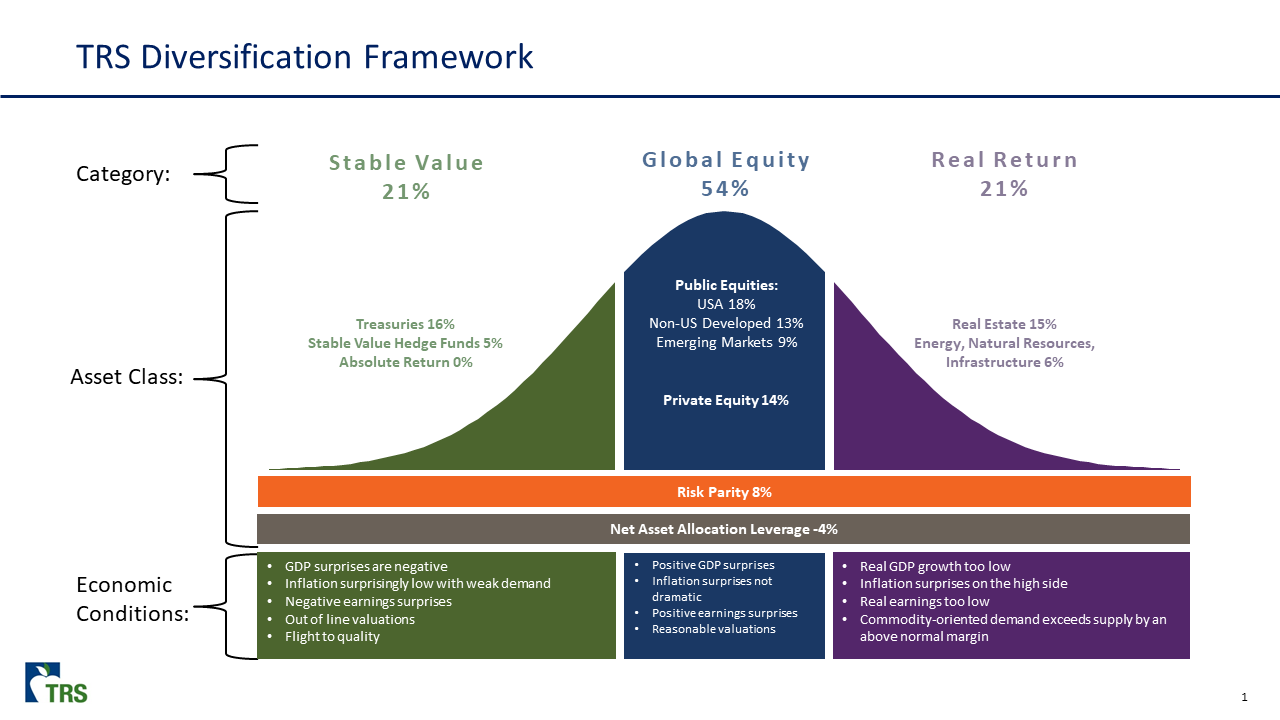
As an investor, it’s essential to have a well-balanced investment portfolio that minimizes risk and maximizes returns. One effective way to achieve this is through diversification, which involves spreading investments across various asset classes, sectors, and geographic regions. Exchange-traded funds (ETFs) have become a popular choice for investors seeking to diversify their portfolios. In this article, we’ll explore the benefits of diversification through ETFs, how they work, and provide guidance on choosing the right ETFs for your investment goals.
What are ETFs?
ETFs, also known as exchange-traded funds, are investment funds that are traded on a stock exchange like individual stocks. They offer a range of benefits, including diversification, flexibility, and transparency. Unlike mutual funds, ETFs are traded throughout the day, allowing investors to buy and sell shares at market prices, rather than at the net asset value (NAV) of the fund. This feature provides investors with more control over their investments and allows for more efficient trading.
Benefits of Diversification through ETFs
Diversifying your investments through ETFs provides numerous benefits, including:
- Reduced Risk: By spreading investments across various asset classes, sectors, and geographic regions, you can reduce the risk of losses and minimize the impact of market volatility.
- Increased Potential Returns: Diversification can help you tap into new investment opportunities and growth areas, potentially leading to higher returns.
- Improved Liquidity: ETFs are traded on a stock exchange, providing investors with easy access to buy and sell shares, making it easier to adjust their portfolios.
- Transparency: ETFs disclose their holdings daily, allowing investors to track their investments and make informed decisions.
- Cost-Effective: ETFs often have lower fees compared to actively managed mutual funds, making them a cost-effective investment option.
How to Choose the Right ETFs
With over 7,000 ETFs available, selecting the right ones for your investment goals can be challenging. Here are some tips to help you choose:
- Define Your Investment Goals: Determine your investment objectives, risk tolerance, and time horizon to select ETFs that align with your goals.
- Assess Your Portfolio: Evaluate your current portfolio and identify areas for improvement, such as asset allocation or sector diversity.
- Research ETFs: Analyze ETFs based on their:
- Expense ratio
- Trading volume
- Asset size
- Holdings
- Tracking error
- Consider Tax Efficiency: Some ETFs are more tax-efficient than others, so it’s essential to consider the tax implications of each fund.
- Monitor and Rebalance: Regularly review your ETF portfolio and rebalance it as needed to maintain your target asset allocation.
Popular Types of ETFs
ETFs come in various forms, catering to different investment goals and risk preferences. Here are some popular types:
- Index ETFs: Track a specific index, such as the S&P 500 or the Dow Jones Industrial Average.
- Sector ETFs: Focus on a particular sector, such as technology, healthcare, or finance.
- Bond ETFs: Invest in government or corporate bonds, providing inflation-hedging and income-generating potential.
- Dividend ETFs: Emphasize dividend-paying stocks, offering regular income and potentially stable returns.
- International ETFs: Invest in foreign markets, providing exposure to emerging markets, developed economies, or specific regions.
Popular ETF Providers
Choosing the right ETF provider depends on various factors, including fees, trading volume, and customer support. Some popular ETF providers include:
- Vanguard: Known for their low-cost index ETFs and wide range of offerings.
- BlackRock: Offers a diverse portfolio of ETFs, including iShares and SPDR funds.
- State Street Global Advisors: Provides a range of ETFs, including SPDR and Global X funds.
- Invesco: Offers a variety of ETFs, including PowerShares and Pure Beta funds.
Tips for Investing in ETFs
- Start Small: Don’t try to invest too much in one trade; start with small amounts and build your portfolio over time.
- Dollar-Cost Averaging: Regularly invest a fixed amount of money, regardless of market conditions, to reduce timing risks.
- Avoid Frequent Trading: Trade infrequently to minimize taxes and commissions.
- Stay Informed: Monitor market news, economic changes, and regulatory updates to adjust your investment strategy.
- Consult a Financial Advisor: If you’re unsure about investing in ETFs or need personalized advice, consider consulting a financial advisor.
Conclusion
Diversification through ETFs offers a smart investment move for investors seeking to minimize risk and maximize returns. By understanding the benefits of ETFs, choosing the right ETFs, and monitoring your portfolio, you can create a well-balanced investment strategy. Whether you’re a seasoned investor or just starting out, ETFs provide a versatile investment option that can help you achieve your financial goals.
Final Checklist:
- Define your investment goals
- Assess your portfolio
- Research ETFs
- Consider tax efficiency
- Monitor and rebalance your portfolio
- Start small
- Dollar-cost average
- Avoid frequent trading
- Stay informed
- Consult a financial advisor if needed
Disclaimer: This article is not personalized investment advice and should not be relied upon as such. It’s essential to consult with a financial advisor or conduct your own research before making investment decisions.